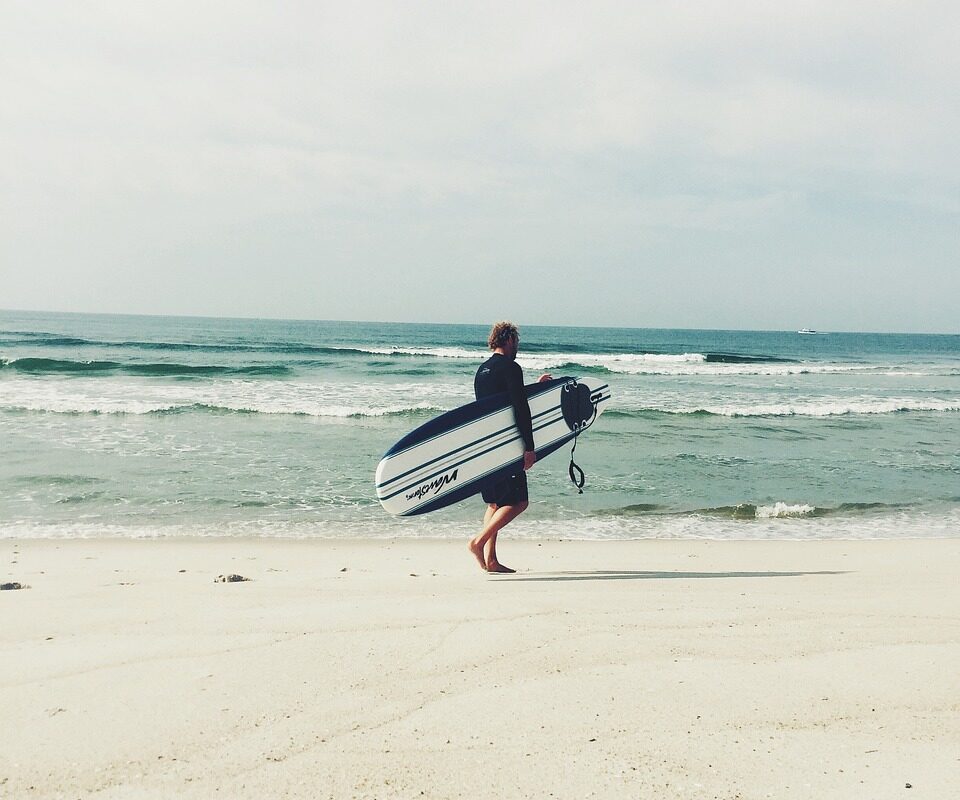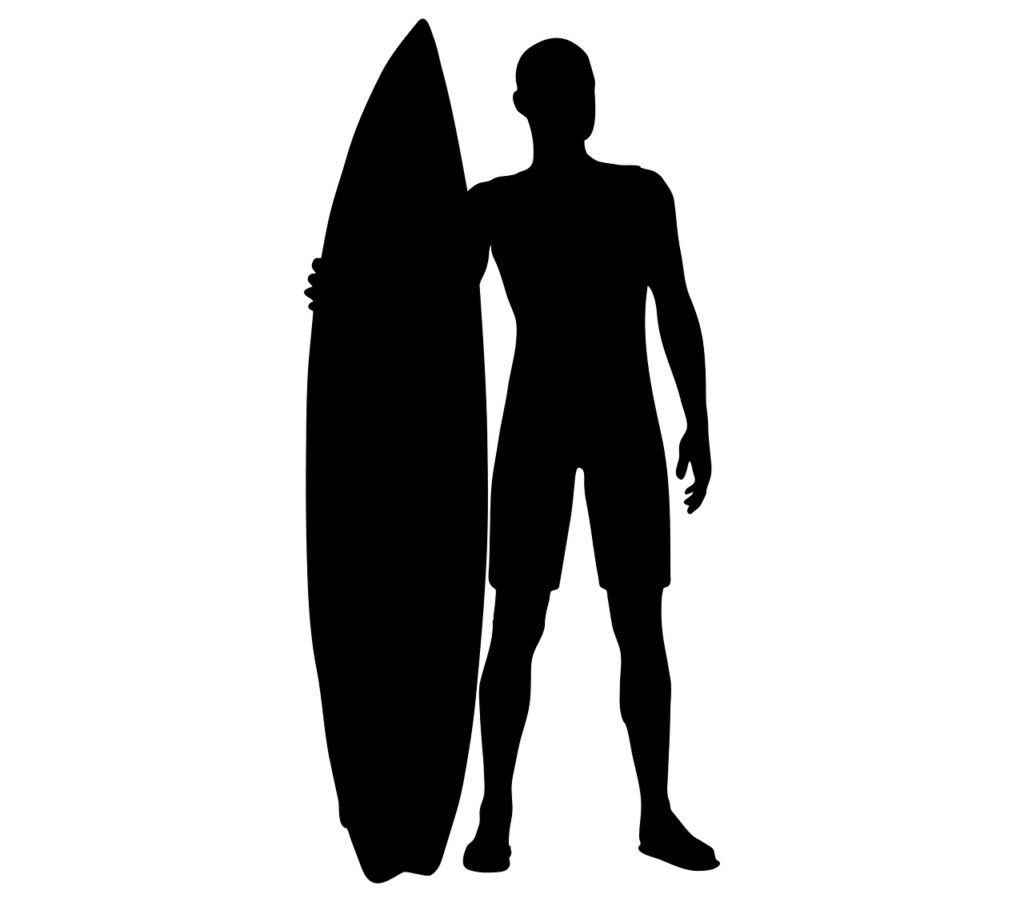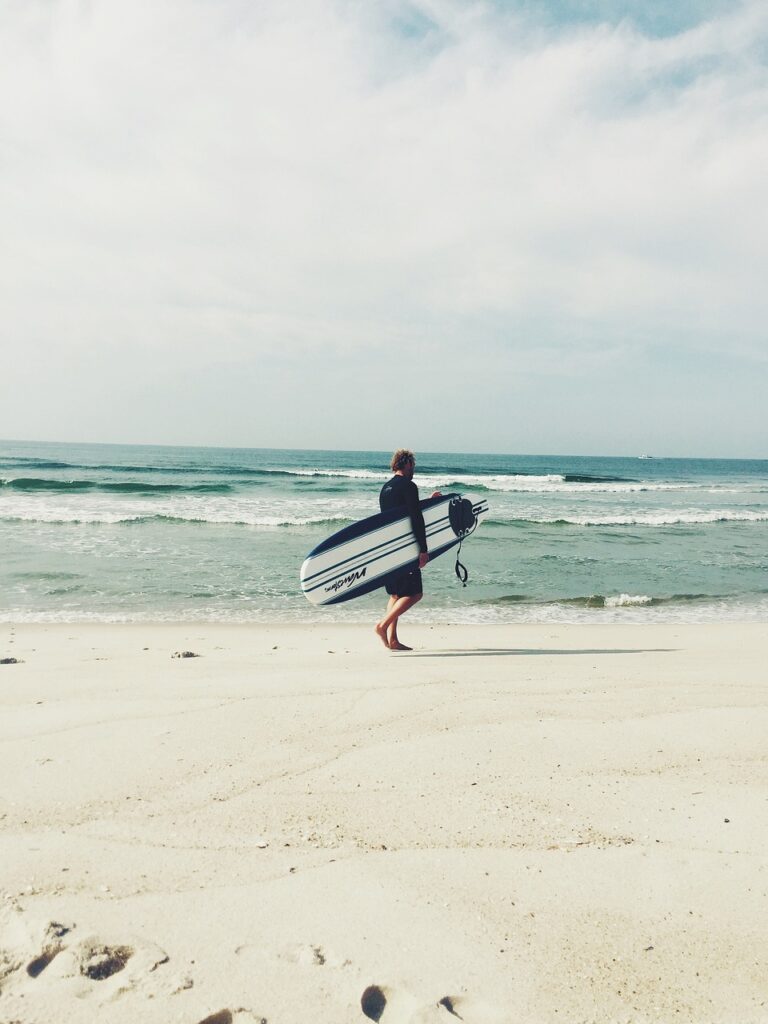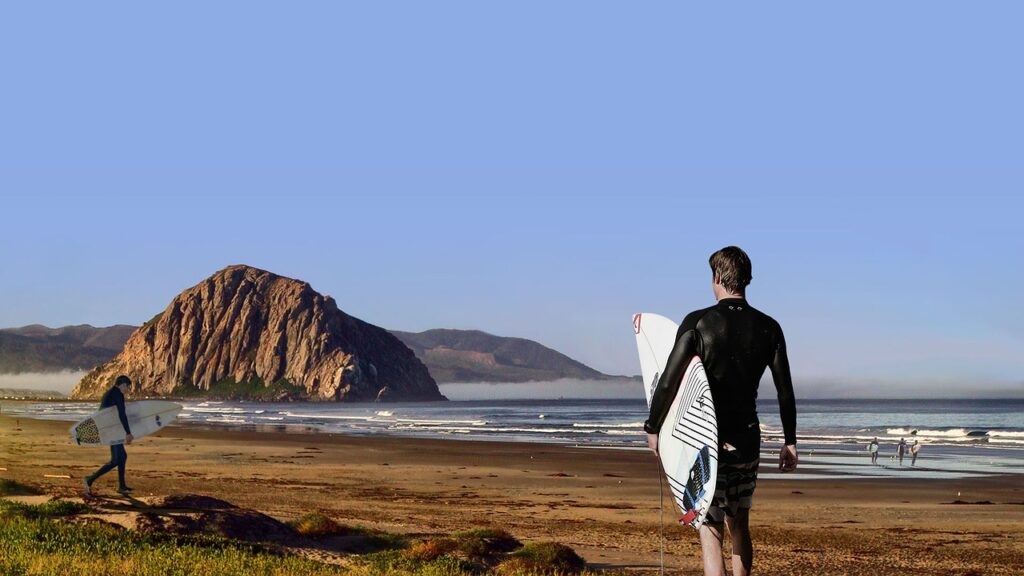Your cart is currently empty!

How Can I Learn To Surf During My Beach Vacation?
Get ready to catch some epic waves during your beach vacation! If you’ve always dreamt of riding the surf but never had the chance to learn, now is the perfect opportunity. In this article, we will provide you with some valuable tips and tricks on how to master the art of surfing. From choosing the right location to finding the right instructor, we’ve got you covered. So grab your board, sunscreen, and your adventurous spirit, because it’s time to embark on an unforgettable surfing journey!

Choosing the Right Beach Destination
When planning a beach vacation, choosing the right destination is essential, especially if you’re interested in learning to surf. Some beaches are more suitable for beginners, while others are better for experienced surfers. It’s crucial to do some research to find the perfect beach that suits your needs and skill level.
Researching Beach Options
Start by researching different beach options that are known for their surf conditions. Look for beaches that offer consistent waves and a sandy bottom, as these are generally more beginner-friendly. Some popular surf destinations include Hawaii, California, Australia, and Costa Rica. Make a list of potential beaches that you’d like to consider for your surf vacation.
Considering Wave Conditions
Wave conditions play a significant role in your surfing experience. As a beginner, you’ll want to look for beaches with smaller, slower waves that are easier to paddle into and catch. Ideally, you should aim for waves that are between two to four feet in height. Avoid beaches with powerful waves or heavy shore breaks, as they can be dangerous for inexperienced surfers. Take into account the average swell size and wave quality when evaluating different beach options.
Identifying Beginner-friendly Beaches
Once you’ve narrowed down your list of potential beaches, it’s time to identify which ones are beginner-friendly. Look for beaches that have a gentle sloping shoreline, as it allows for a longer and safer ride. Avoid beaches with rocks or coral reefs, as they can pose hazards for beginners. Additionally, consider the local surf culture and crowds. Some beaches may be overcrowded with advanced surfers, making it difficult for beginners to find their space in the lineup. Look for beaches that offer a more relaxed and supportive environment for beginners.
Finding a Surf School
Enrolling in a surf school is highly recommended if you want to learn to surf efficiently and safely. Surf schools offer professional instruction and guidance, making the learning process much smoother. Here are some steps to help you find the right surf school for your needs.
Exploring Local Surf Schools
Start by exploring the surf schools in the area where you’ll be vacationing. Many popular beach destinations have several surf schools to choose from. Look for schools that have experienced and certified instructors who specialize in teaching beginners. Browse their websites and gather information about the lessons they offer, their teaching methodology, and their overall reputation.
Reading Reviews and Testimonials
To get an unbiased perspective on the quality of surf schools, read reviews and testimonials from previous students. Websites like TripAdvisor or Yelp are valuable resources for finding honest feedback. Pay attention to the overall rating, as well as specific comments about the instructors, teaching methods, and the overall learning experience. Positive reviews from satisfied beginners can give you confidence in choosing a particular surf school.
Checking for Certified Instructors
When selecting a surf school, it’s crucial to ensure that they have certified instructors. Certified instructors have undergone thorough training and are equipped with the knowledge and skills necessary to teach surfing safely. Look for schools that have instructors certified by reputable surf organizations such as the International Surfing Association (ISA) or the Academy of Surfing Instructors (ASI). Verifying the qualifications of the instructors will give you peace of mind knowing you’ll be receiving quality instruction.

Booking Surf Lessons
Once you’ve chosen a surf school, it’s time to book your surf lessons. Here are some factors to consider when arranging your surf lessons.
Comparing Prices and Packages
Different surf schools offer various packages and pricing options. Take the time to compare the prices and what each package includes. Some surf schools may offer discounted rates for multiple lessons or group packages. Consider your budget and preferences when making your decision. Remember, the cost should not be the sole determining factor; quality instruction should be a priority.
Inquiring about Group or Private Lessons
Before booking your surf lessons, decide whether you prefer private one-on-one instruction or group lessons. Private lessons offer the advantage of personalized attention and can be tailored to your specific needs. On the other hand, group lessons provide a more social atmosphere and allow you to learn alongside fellow beginners. Consider your learning style and comfort level when choosing between private or group lessons.
Checking Availability
Surf schools can be in high demand, especially during peak vacation seasons. Once you’ve made your decision, contact the surf school to check their availability and secure your lesson slots. You may need to book in advance to ensure that you get the lesson times that work best for your schedule.

Understanding Surf Equipment
Before hitting the water, it’s essential to familiarize yourself with the various surf equipment you’ll be using. Understanding the different components and their functions will help you have a safer and more enjoyable experience.
Learning about Different Surfboards
Surfboards come in various shapes and sizes, each suited for different types of waves and skill levels. As a beginner, you’ll typically start with a longboard, which provides stability and is easier to paddle and catch waves with. However, it’s also important to be aware of other types of boards, such as shortboards and fish boards, as you progress in your surfing journey.
Understanding the Importance of Leashes and Fins
Leashes and fins are crucial components that enhance your safety and performance in the water. Leashes are attached to your ankle and connect you to your surfboard, preventing it from getting washed away by the waves. Fins, on the other hand, provide stability and control while maneuvering on the face of the wave. Learn how to attach and use your leash and fins properly to ensure a secure and enjoyable surfing experience.
Exploring Wetsuits and Rash Guards
Depending on the water temperature, you may need to wear a wetsuit or rash guard to protect your body from the cold and potential skin irritation. Wetsuits come in different thicknesses and styles, designed to keep you warm while allowing freedom of movement. Rash guards, made of lightweight and quick-drying materials, protect your skin from rashes caused by surfboard wax or the abrasive action of the water. Explore the different options available and choose the appropriate gear for the conditions you’ll be surfing in.
Stay tuned for Part 2!